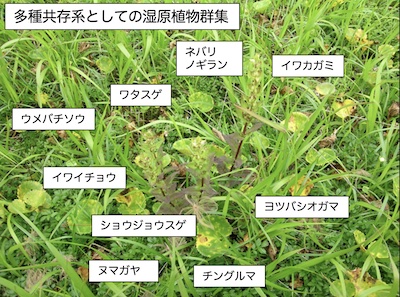Research topic 1
Lessons on adaptation from natural variations
We study adaptation using ecotypic variations within a species. Because ecotypes are genetically close to each other but differentiated to respective habitat environment as a result of natural selection. We explore traits and genes that are needed for adaptations. Photographs are low-altitude (left) and high altitude ecotype (right).
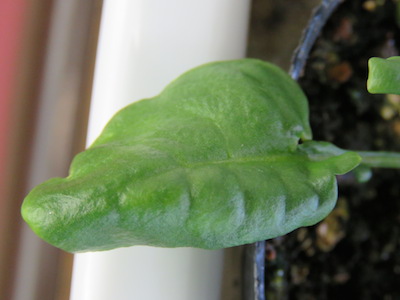
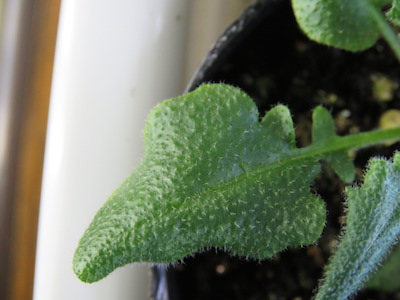
Research topic 2
Remote sensing of photosynthesis
We try to assess photosynthetic rates of leaves and vegetation by remote sensing of chlorophyll fluorescence and photochemical reflectance index. This research will contribute to understanding and future prediction of plant responses to climate change.
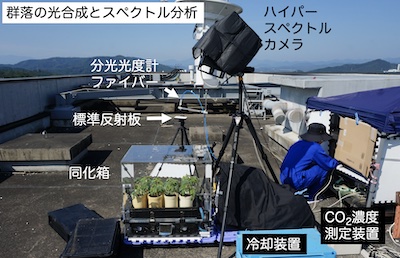
Research topic 3
Environmental responses of photosynthesis
Plants alter their photosynthetic characteristics depending on growth environments. For example, sun leaves have higher phtoosynthetic capacity than shade leaves. The optimal temperature that maximizes photosynthesis is generally correlated with growth temperature. When leaves are exposed to stressors such as high light and low temperatures, the phtoosynthetic apparatus is damaged and the photosynthetic rates decrease (photoinhibition). We study environmental responses in the photosynthetic apparatus and photosynthetic rates in various species. The photograph below shows chlorophyll fluorescence imaging of photoinhibition.
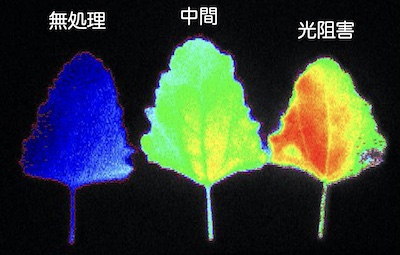
Research topic 4
Trait-based ecology
Physiological and morphological traits vary among species and contributes to niche separations. We study how such traits among species coexisiting in the same community and between species inhabiting different environment and how these differences contribute to species distribution and community assembly. In particular, moorland is interesting because species belonging to different functional types (e.g., evergreen/deciduous, woody/hebeceous) coexists in a small area.
